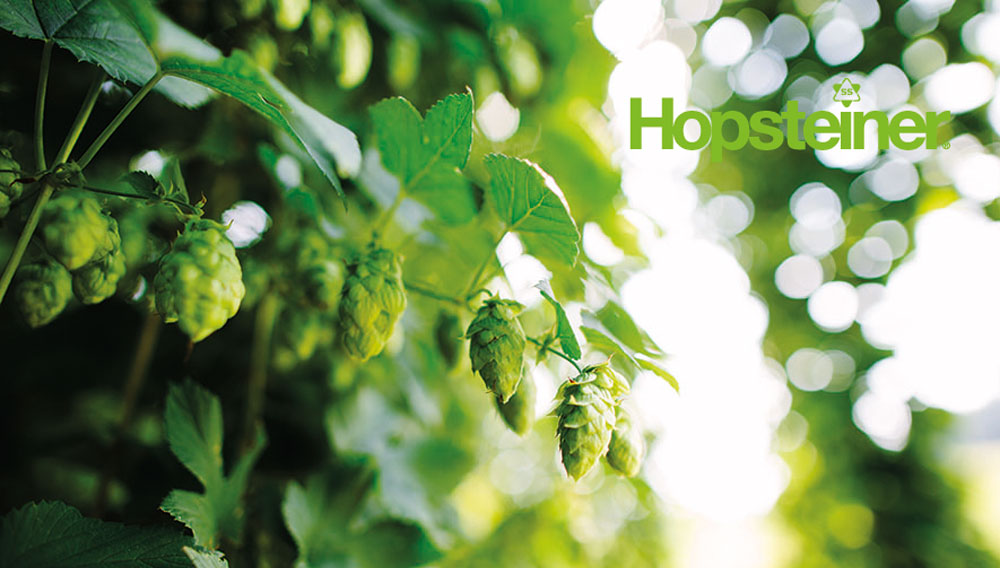Reduction of beer losses after dry hopping – The "Beer Cleaner"
Introduction
Beers with a large variability in strong hop flavors are becoming more and more popular with consumers all around the world. In the past 50 to 60 years hop additions mainly took place in the brewhouse and only a few breweries remained, which still dry hopped their beers. This has changed tremendously now. Particularly in the USA, where an average of 500 g of hops is added per hl in those breweries producing hop-intensive or hop-forward beers.
Typically hops are added as whole hops or pellets. In the latter case the yield of hop oils is better, as it is difficult to extract aroma substances directly from the cone (1). For both types of products brewers have the same problem that beer is adsorbed by the plant material and the volume of whole hops and hop powder / pellets increases. Beer losses, however, are even higher, as large quantities of hop particles remain in the lower part of the storage tank. With a special sieve, hereafter referred as “Beer Cleaner”, even very small particles can be separated from the beer and removed. Consequently only the beer, which was adsorbed by the hops is lost. The function of the Beer Cleaner is described below.
Function of the sieve
Prior to the filtering process, the interior of the sieve has to be injected with CO2 to remove the oxygen and achieve a similar pressure than the one in the beer tank. Under these conditions the beer will keep its CO2 concentration. The dry hopped beer is then pumped from the tank to the Beer Cleaner, where it first goes into a small chamber which will be filled until the beer finally flows over the sieve. The screen consists of slots with a width of 250 μm. It is important that the flow point is placed absolutely horizontal to guarantee an even liquid flow over the whole surface of the sieve. The hop particles pass over the sieve, carried by the beer flow, while the beer itself passes through the slots of the sieve. By the end, or lower part of the sieve, there should no longer be liquid present as it should have passed through the sieve at this stage. The most important parameter to achieve this is adjusting the beer stream.
The green valves show the regular process as described above. In the event that beer flows over the sieve and enters into the lower part of the sieve, where the hop particles are collected, it can be recirculated back. The green valves (V1, V3 and V4) will be closed and V2 and V5 opened, so the beer can be transferred back into the process. V6 is only opened after the filtering is complete, at which time all other valves will be closed. The hop solids will then be removed.
Read the complete article here!
Source
Simon H. Steiner, Hopfen, GmbH, Mainburg, Germany


